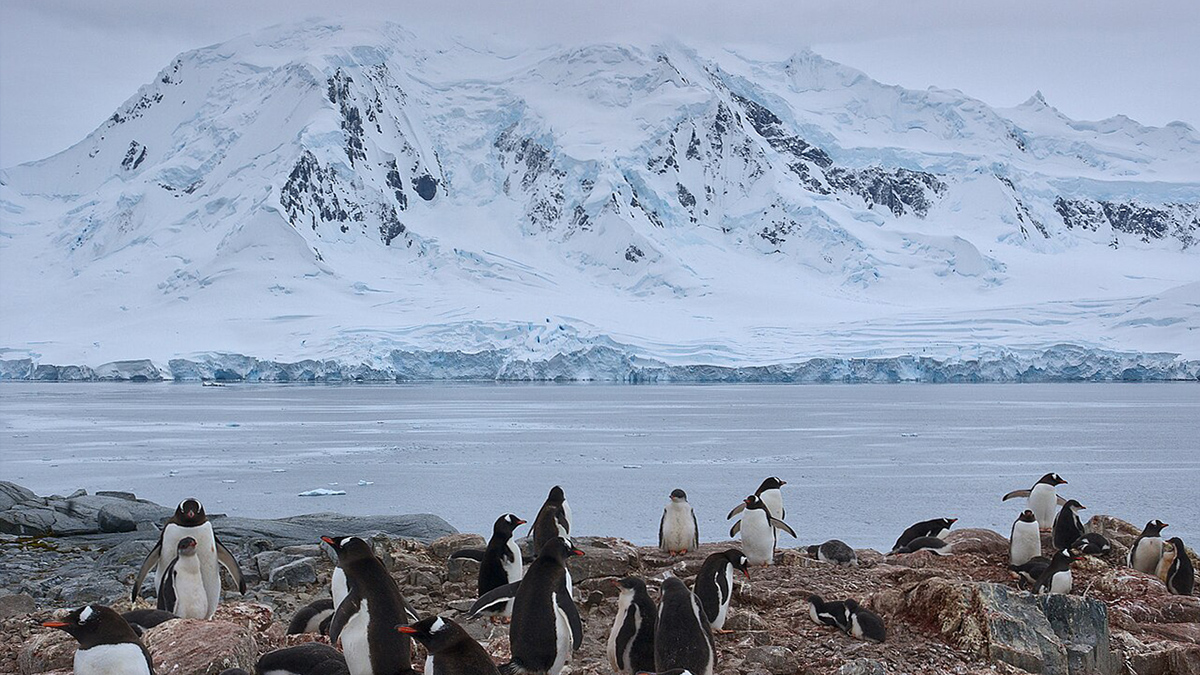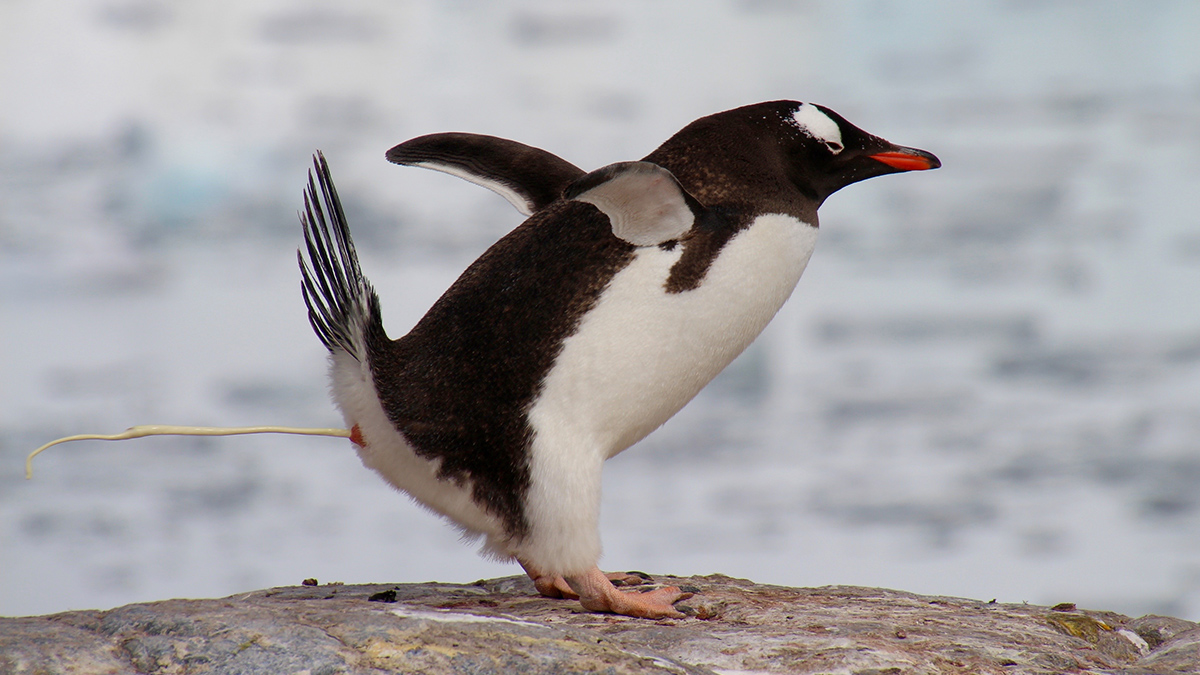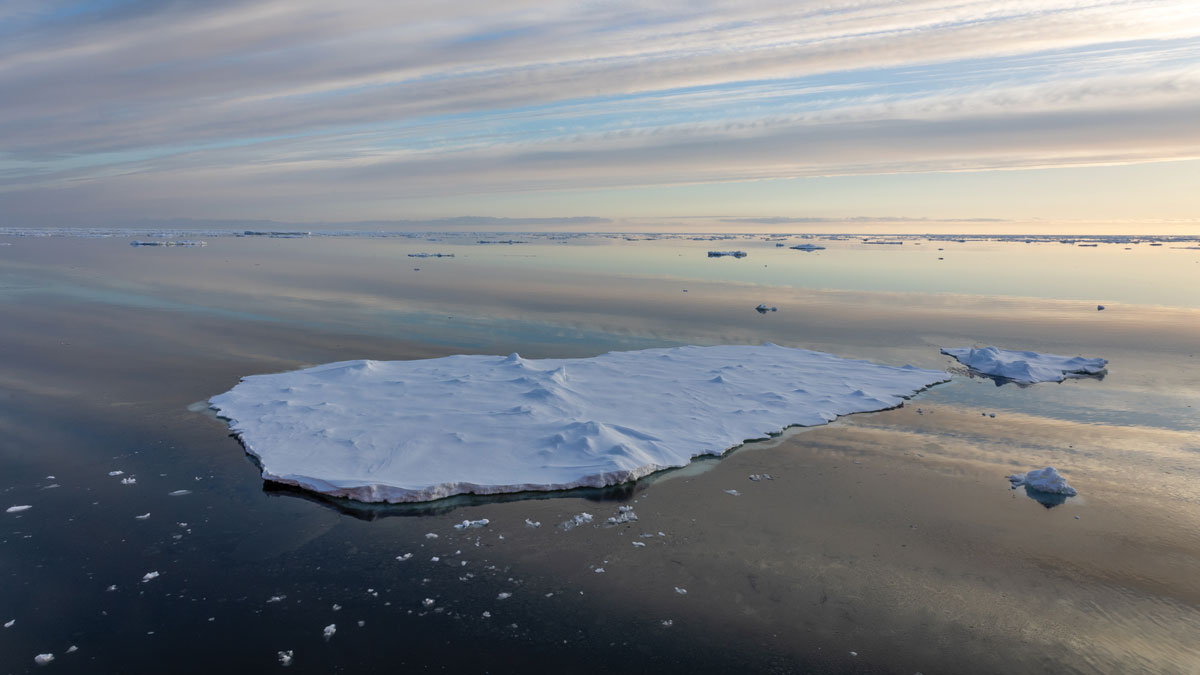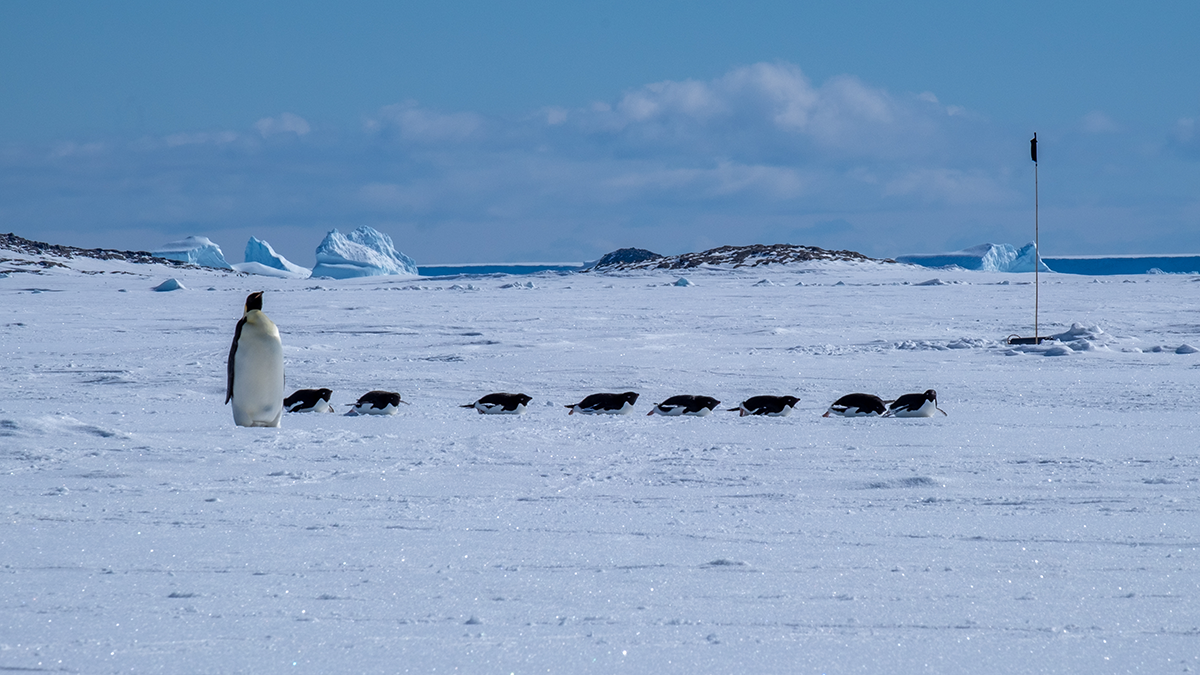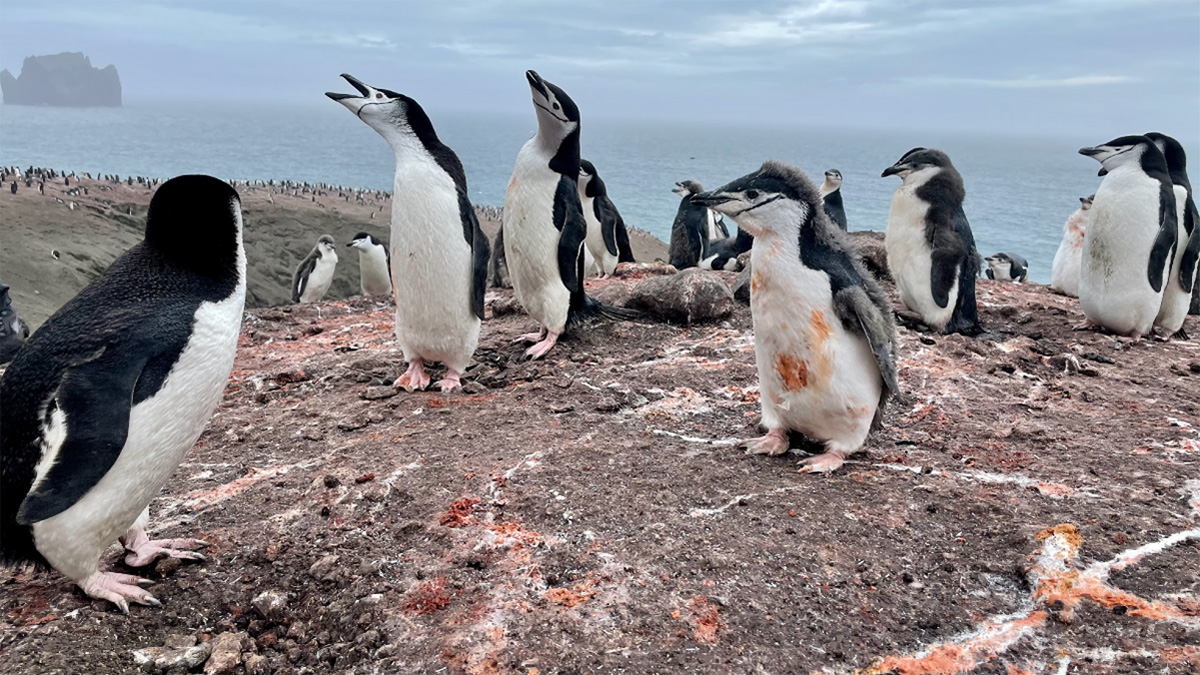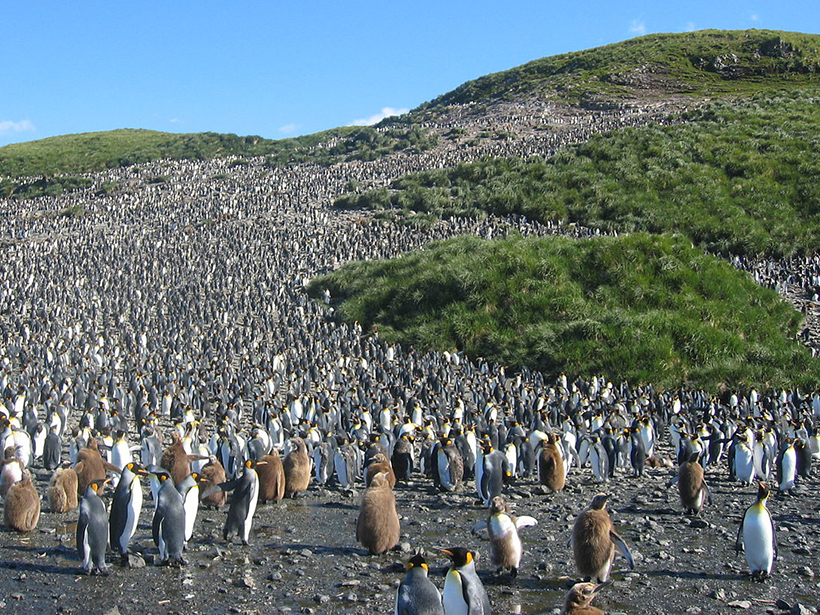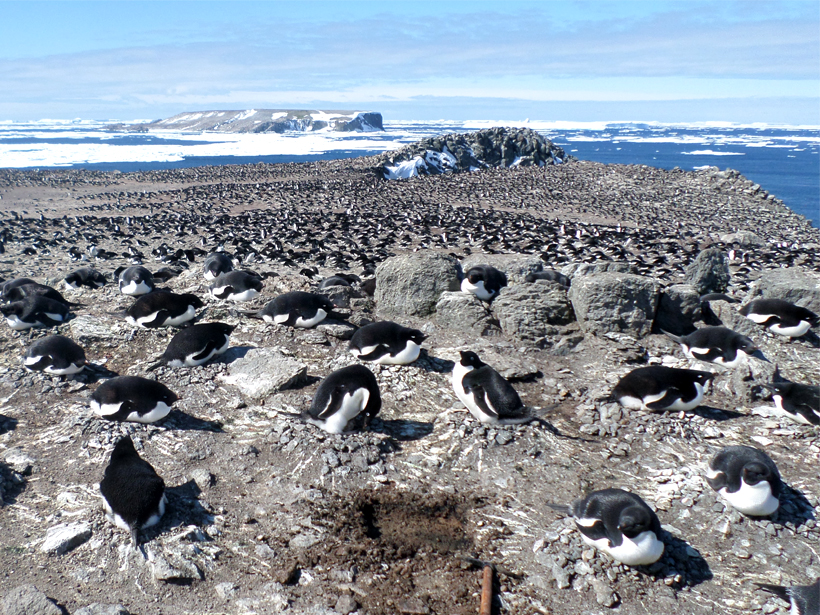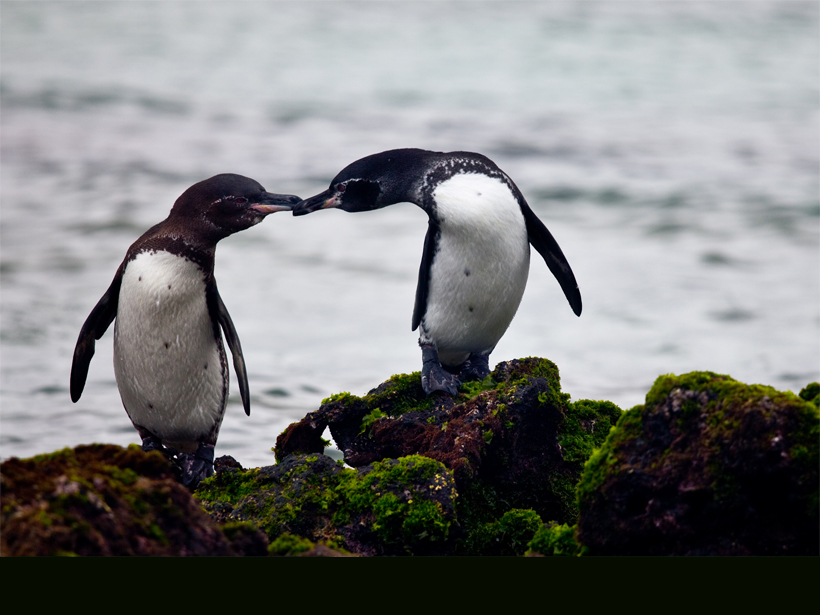A new study investigates how much of the phytoplankton in the Palmer Deep submarine canyon is homemade and how much is delivered.
penguins
Pungent Penguin Poop Produces Polar Cloud Particles
The discovery highlights how penguins and other polar seabirds help shape their environments, even as they are under threat from climate change.
Confined at Sea at the End of the World
Embedded on a research cruise in the Antarctic, a journalist joins a scientists’ “summer camp.”
Landfast Sea Ice: The Most Important Ice You’ve Never Heard Of
Landfast sea ice, sea ice that is held stationary against the Antarctic continent, links firmly with many key climate processes, but its importance is only being fully realized as its extent dwindles.
Penguin Poop May Flush Iron into the Southern Ocean
Nutrients from the seabirds’ guano fuels the growth of carbon-storing phytoplankton, but penguin populations have plunged in the past 4 decades.
Seashells and Penguin Bones Reveal Thwaites Glacier’s Quiet Past
Antarctica’s Thwaites and Pine Island Glaciers are melting faster than they have in the past 5,500 years, new evidence shows. Against expectations, their pasts have been remarkably stable.
How Climate Science Is Expanding the Scale of Ecological Research
Tools developed for climate science can help researchers forecast ecological dipoles: the contrasting effects of climate on populations separated by thousands of kilometers.
Penguin Poop Keeps a Record of Antarctic Glaciation
Scientists are digging up Adélie penguin guano to study millennia of Antarctica’s history.
Emperor Penguins’ Huddles Change in Response to Weather
How quickly the penguins huddled when weather worsened provided clues about their feeding success and how climate change may alter the Antarctic biosphere, according to scientists.
Cooling Galápagos Sea Surface Temperatures Affect Local Penguins
The Galápagos cold pool is expanding northward as a result of climate change, and local penguin populations are rising.

